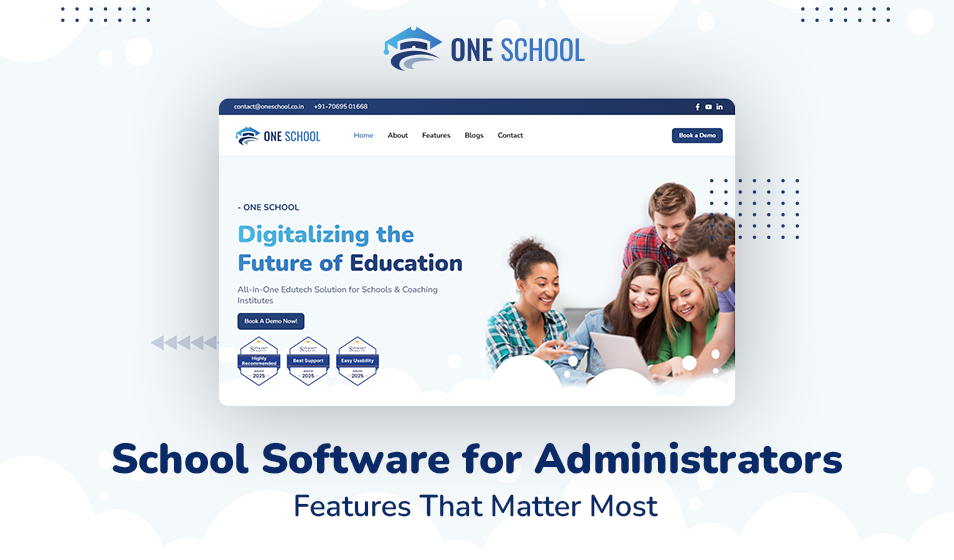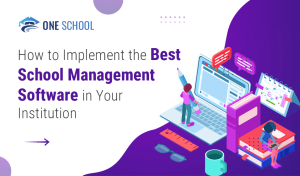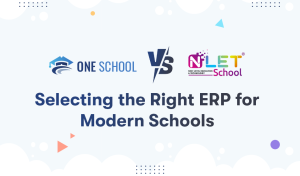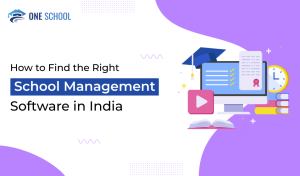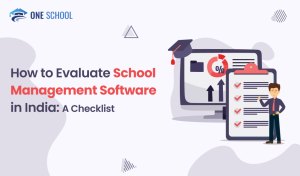Even in a time of unprecedented technological progress, numerous school administrators continue to struggle with antiquated systems, isolated data, and labor-intensive manual processes. From the handling of admissions and staff schedules to that of student records and compliance reporting, the administrative weight in schools remains burdensome. This inefficiency not only wastes time and resources but also takes away from the core mission: providing quality education.
An adequately designed school administration software can be a complete game-changer, but only if it possesses the appropriate features. Not every platform is designed with administrators as a priority. Business decision-makers need to be strategic when selecting software that addresses actual issues and enables operational excellence. This blog discusses the most important features school administrators need to seek and why they are vital in today’s hectic educational environment.
Centralized Student Information System (SIS)
At the center of any strong school software is a centralized Student Information System. Administrators require a solution that consolidates all student-related data, admissions, attendance, academic history, disciplinary incidents, health data, and more. Into one comprehensive dashboard.
Why It Matters:
- Reduces time spent switching between tools or spreadsheets.
- Ensures data accuracy and accessibility.
- Enables quick decision-making based on real-time information.
Seek out SIS features that provide customizable data fields to satisfy particular institutional needs. And enable segmentation by class, grade, or demographic.
Automated Attendance and Timetable Management
In addition to being time-consuming, manually tracking attendance and scheduling is also prone to errors. Software with automated scheduling and attendance features can significantly reduce the workload of educators and administrators.
Why It Matters:
- Saves hours each week in admin work.
- Ensures better compliance with school policies and government regulations.
- Facilitates early intervention for absenteeism trends.
For greater accuracy and convenience, choose solutions that interface with mobile check-ins or biometric systems.
Fee Management and Financial Tracking
Scholarship distribution, tuition cost management, and expense reporting can quickly get out of hand without the right tools. An intelligent financial management module facilitates the tracking of invoices, payments, and receipts.
Why It Matters:
- Increases transparency and minimizes disputes.
- Improves cash flow and financial forecasting.
- Simplifies audits and reporting to stakeholders.
Excellent school software should support real-time bank account reconciliation, automated reminders, and multiple payment gateways.
Communication and Notification Tools
Keeping staff, students, and parents informed in a timely and efficient manner is one of the main challenges facing school administrators. It is common for messages to be overlooked and misinterpreted when using emails or SMS threads.
Why It Matters:
- Keeps all stakeholders aligned and informed.
- Reduces the burden on front-office staff.
- Strengthens trust through consistent communication.
Look for integrated messaging platforms, push notification features, and parent-teacher communication modules that are easy to use and responsive to mobile devices.
Staff Management and HR Features
Tools for scheduling, leave management, performance monitoring, and payroll integration are necessary for managing both teaching and non-teaching employees.
Why It Matters:
- Improves HR efficiency and staff satisfaction.
- Ensures legal compliance with labor laws.
- Enables data-driven workforce planning.
Select software that offers digital document storage for contracts and certifications, role-based access control, and HR analytics.
Customizable Reporting and Analytics
Data is necessary for educational institutions to promote continuous improvement as well as compliance. Generic reports, however, frequently fail to offer useful insights.
Why It Matters:
- Allows leadership to spot trends and optimize operations.
- Facilitates board reporting and grant applications.
- Supports data-backed decision-making.
Priority should be given to platforms that offer graphical displays of key metrics like academic performance, fee collections, and enrolment trends, as well as exportable reports and dashboards that can be customised.
Cloud-Based and Mobile-Ready
There is no negotiating flexibility. Administrators require access to data at all times and locations, whether they are working from home, on campus, or on the go.
Why It Matters:
- Enables real-time updates and remote collaboration.
- Ensures data backup and disaster recovery.
- Supports hybrid learning and remote school operations.
Continuity and accessibility are guaranteed by a cloud-based, mobile-friendly system. particularly during emergencies or unplanned closures.
Security and Compliance Controls
Strong security is necessary when handling private student and financial information. Local data protection laws must be followed because data breaches are becoming more and more of a concern.
Why It Matters:
- Protects institutional reputation and stakeholder trust.
- Ensures adherence to data protection regulations (e.g., FERPA, GDPR).
- Prevents unauthorized access and data misuse.
Seek platforms with end-to-end encryption, two-factor authentication, audit logs, and data access policies based on user roles.
The Conclusion
The key to the success of any school software project is to choose features that really make a difference. Flashy interfaces and lengthy feature lists are nice. But it’s depth, integration, and usability of critical functionality that drive ROI.
For education business leaders, investing in school administration software for administrative tasks isn’t just a matter of doing things better. It’s about building a better learning environment. When administrative leaders are armed with the right tools, they can do less paperwork and more thinking about strategy, student achievement, and institutional growth.

At OneSchool, Nishant Joshi manages projects centered on school ERP solutions as a technology strategist and project manager. He focuses on putting in place and refining digital systems that support improved educational outcomes, increase administrative effectiveness, and improve school operations.

